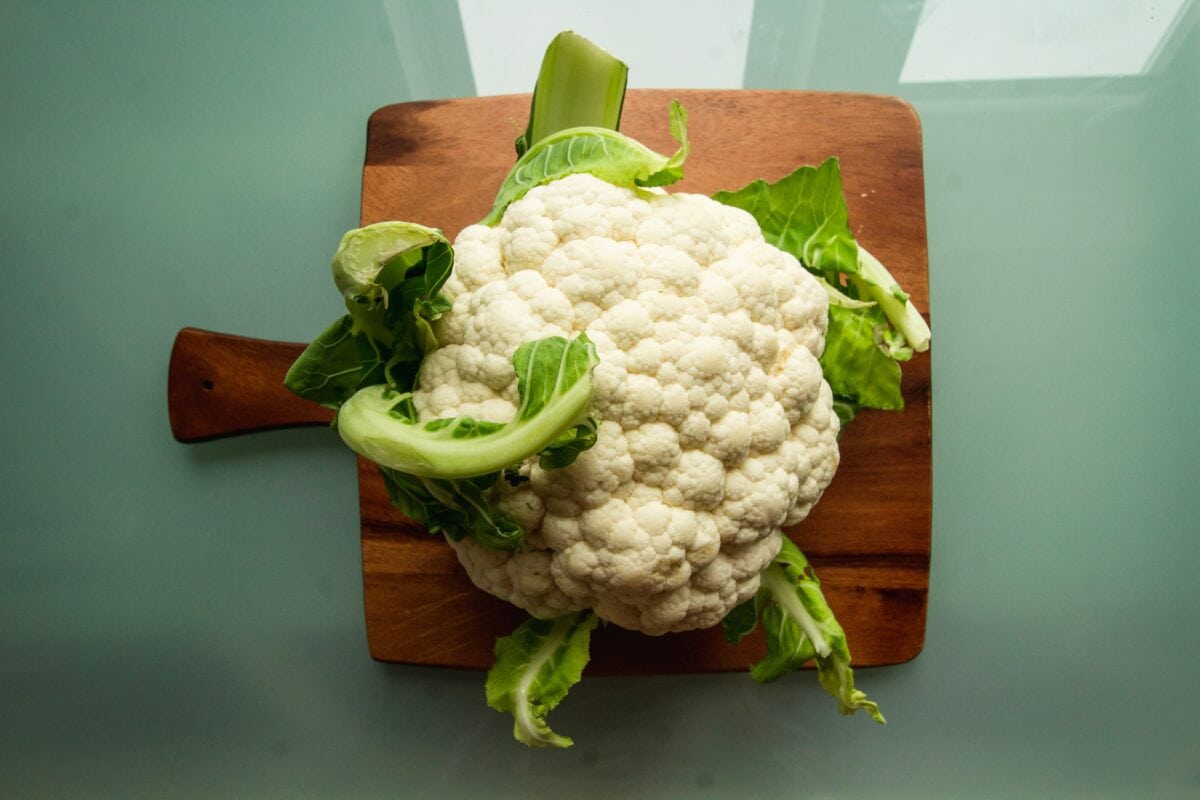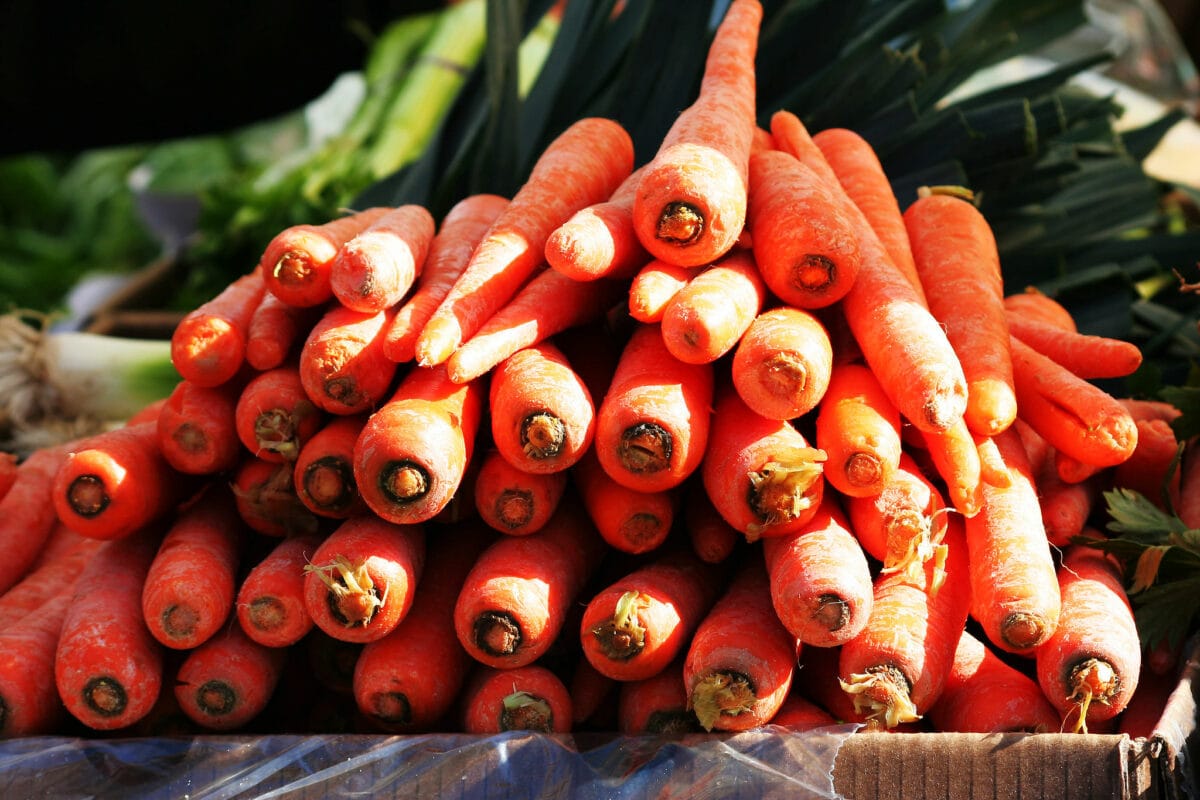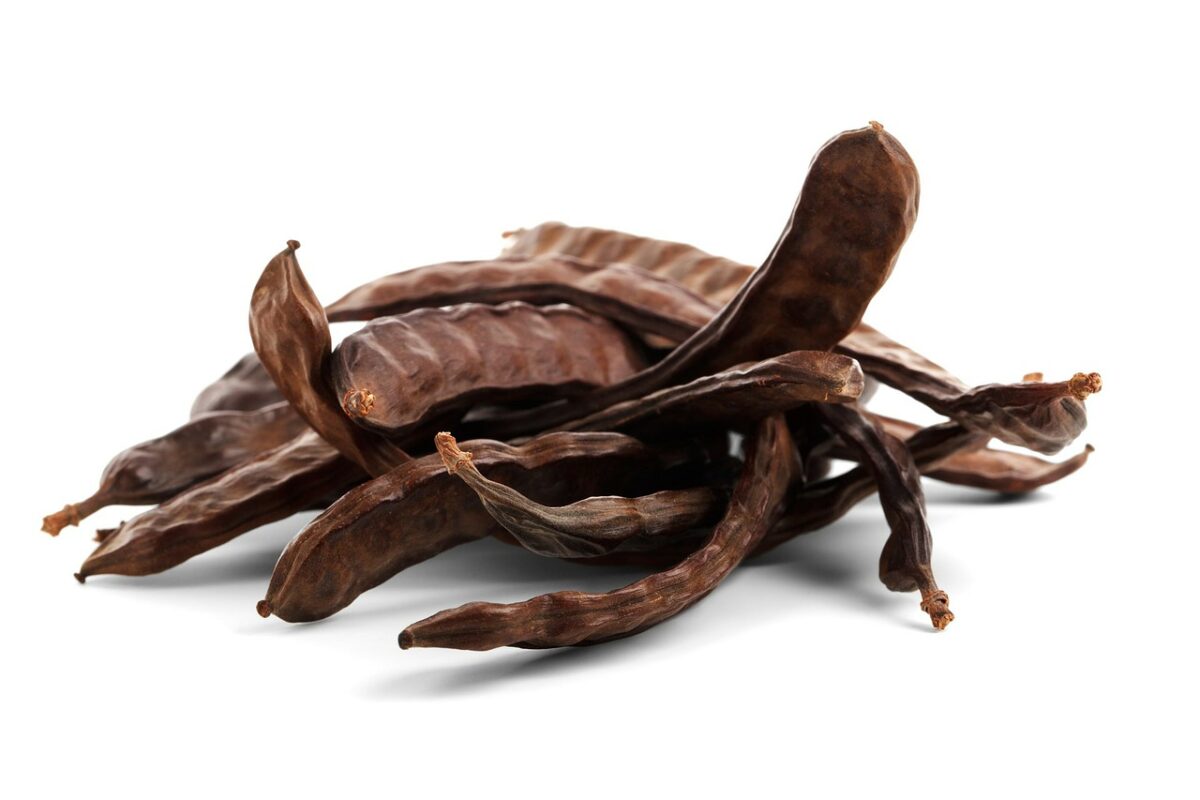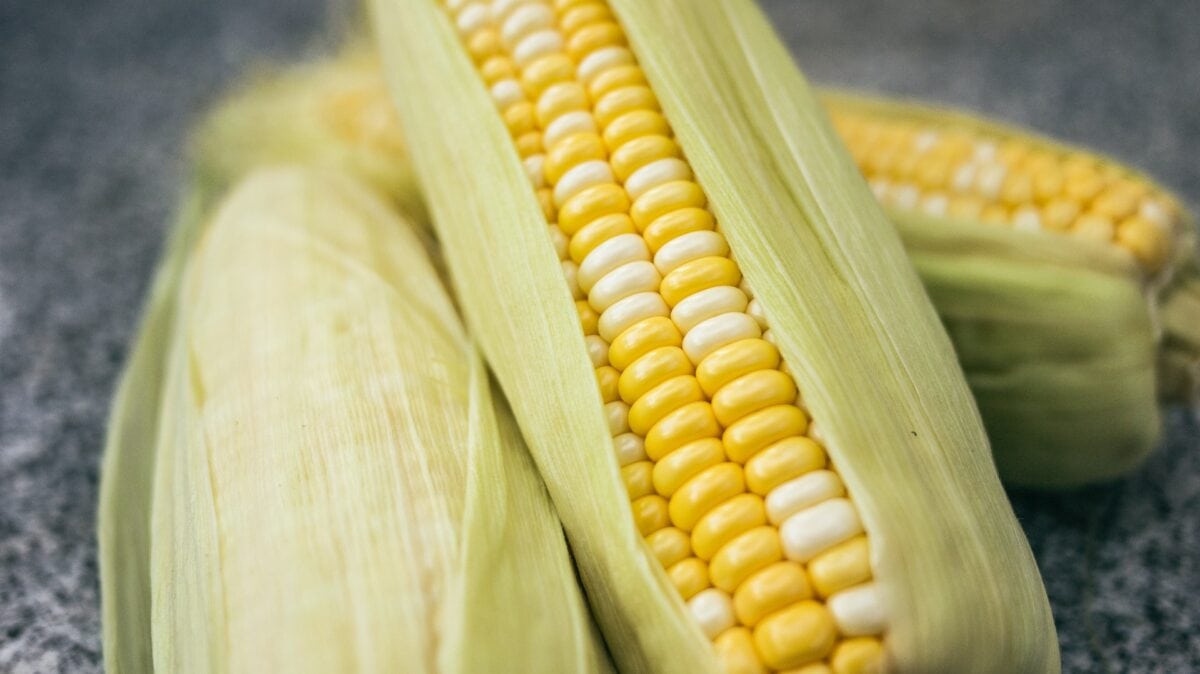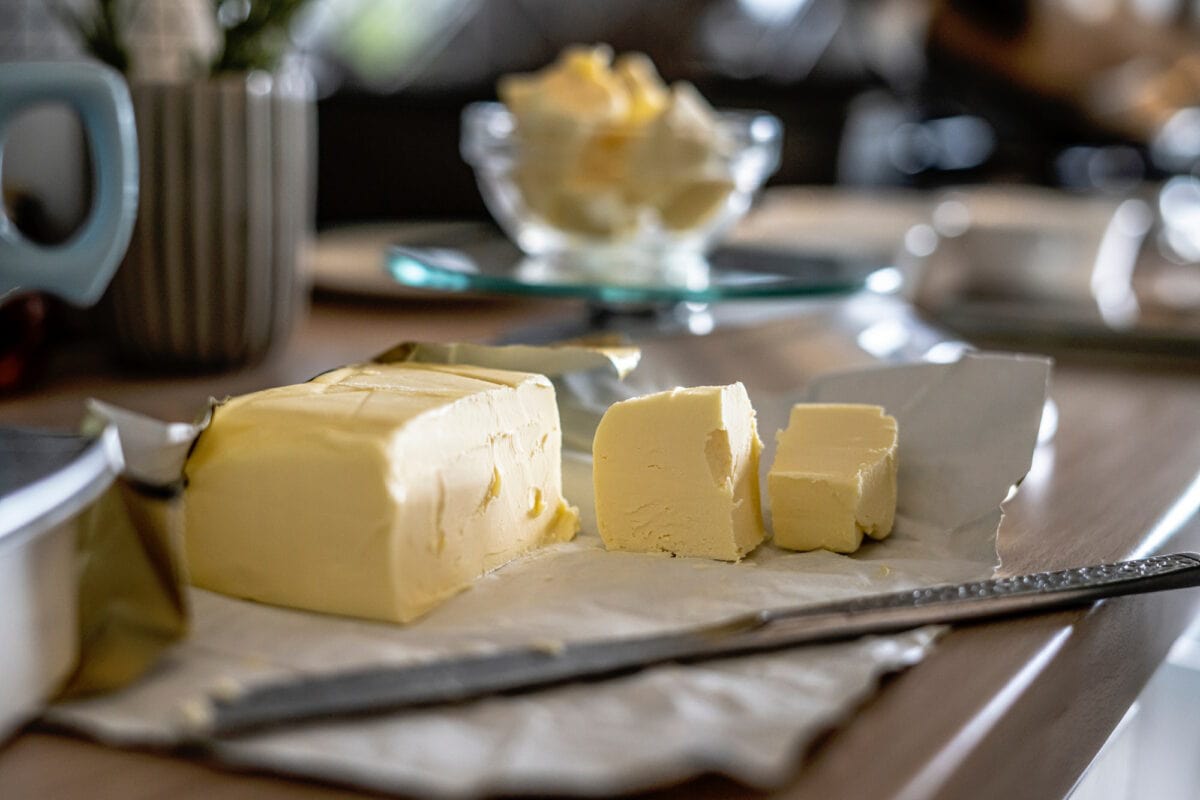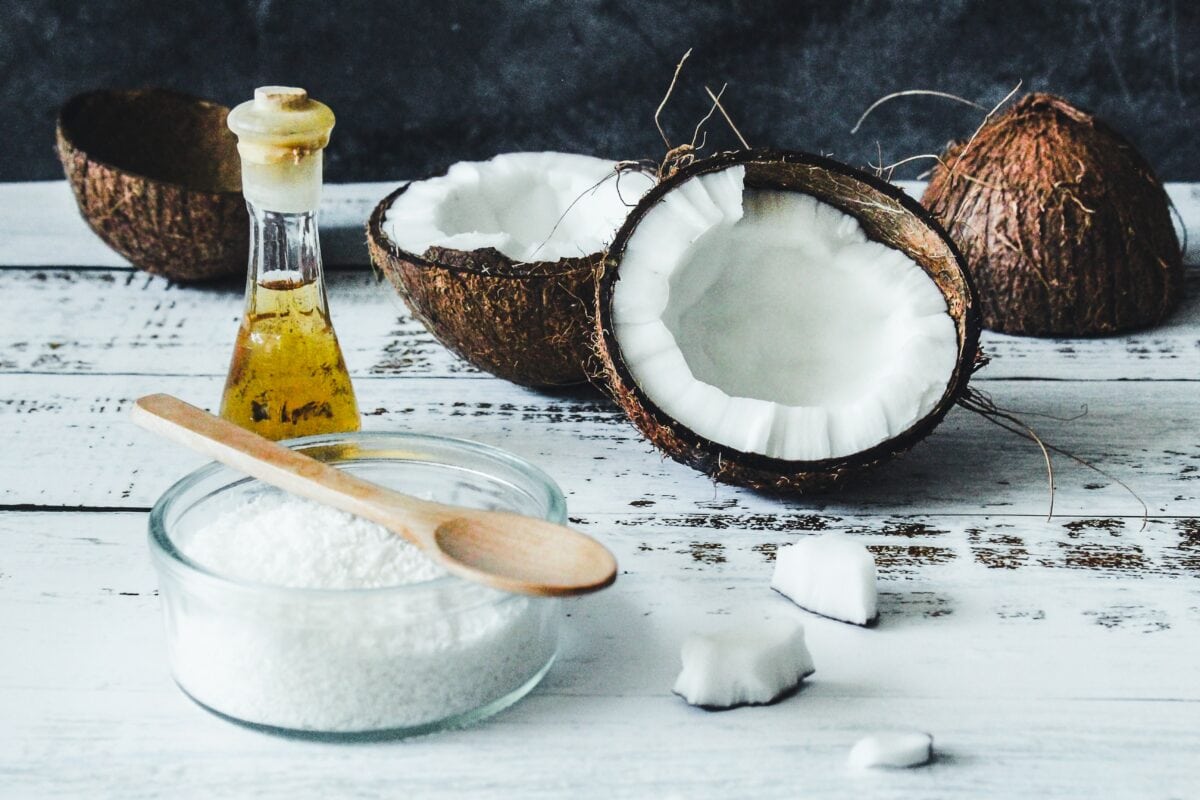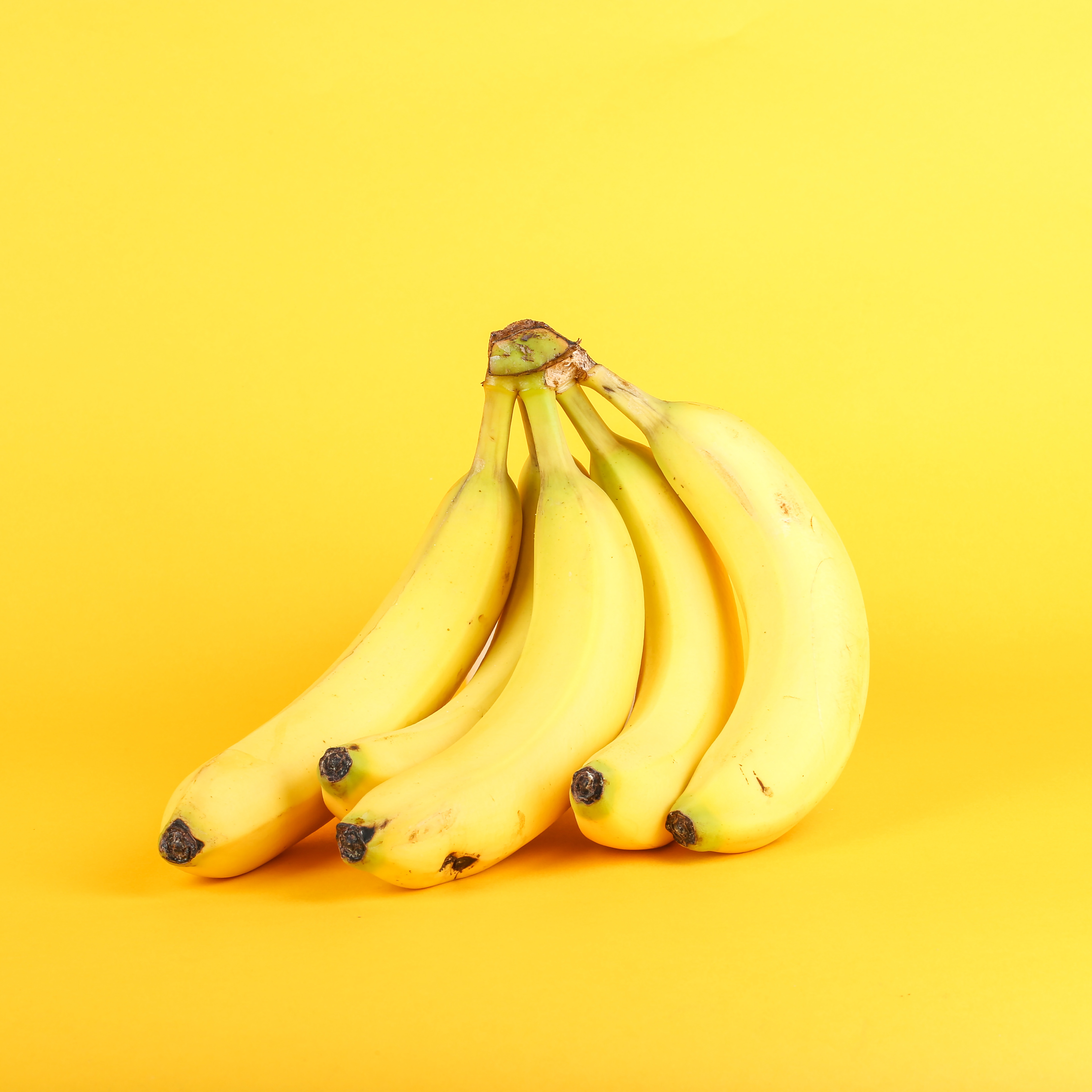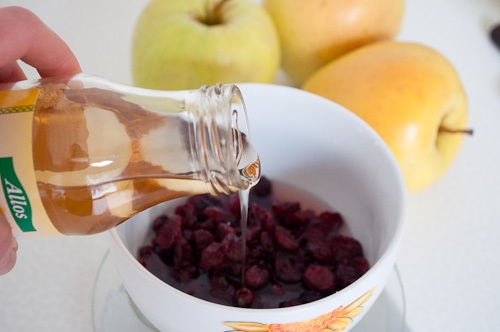The coconut tree (Cocos Nucifera) is part of the palm family. The name refers to the tree whose fruit is coconut.
Considered in crops where a basic food grows, coconut offers benefits beyond nutritional value, capable of curing any disease. From the botanical point of view, it is not a nut, being classified as a seed (the largest in the world), or as a dowry, along with cherries and plums.
Coconut gives us white pulp, coconut oil, milk and oil. This complete food has fed generous nations for many generations. In many islands where it grows, it provides almost all the local food. For them it is both a food and a cure that is highly appreciated with a long history, being attributed many benefits. Recently, modern medicine has begun to explore its potential, discovering its secrets and healing properties. A mature coconut may reach up to 1.5 pounds.
It is possible to use the entire contents: the aqueous content, the core, but also the fibrous part (the bark), in various industries.
When young, the walnut has a green wrap and the inside is more gelatinous. Then, the bark becomes brown and the slightly bitter water inside.
When can I introduce coconut into my baby’s diet?
In Thai culture, coconut is a first solid food offered to children by their priest. Although coconut is part of the palm family and technical is not a nut, some forums have categorized it as a food allergen factor, so it was introduced into the tree nuts category.
However, most individuals who were registered with coconut allergies were not allergic to other nuts. In India, where coconut is consumed very frequently, coconut allergy is at the top of the top 5 allergies, but in other countries like the US, Australia and the UK, coconut allergy is considered very rare. With your doctor’s consent, you can use coconut in recipes for your child once he has accepted and enjoys most fruits and vegetables, while respecting the 4-day rule.
Beneficial effects
Coconut is a basic food from which pulp, water and milk can be consumed. The greatest attention, however, is directed towards the coconut oil found in the diet of thousands of years in tropical areas, with a wide application in food preparation as well as in traditional and modern medicine. The lauric acid in this oil, converted by the body into monolaurin, has antiviral and antibacterial effects, destroying various pathogenic bacteria.
There are studies that have also highlighted the antimicrobial effects of lauric acid. It is also effective for people with hypothyroidism in stimulating metabolism and the loss of extra pounds. Coconut oil contains medium-chain fatty acids (MCFA). One of the most remarkable features of these acids is the ability to kill bacteria that cause gastric ulcer, sinus infections, urinary tract, dental caries, pneumonia, and other infections. They can also destroy mushrooms, viruses that cause influenza, measles, herpes, mononucleosis, hepatitis C and AIDS. Coconut oil consumed in 60% of the daily caloric content has no negative effect. Those who live in tropical areas and have a diet rich in coconut oil enjoy a good overall health.
What nutrients does it contain?
Rich in protein, the white coconut core contains vitamin B, zinc, phosphorus and iron.
For a long time, its oil has been blamed, being considered unhealthy because of the high fat content. Only recently has the opposite been shown. The fats in this oil are very good for our health through the presence of lauric acid, which we can find only in the mother’s milk. It’s the one that makes mother milk so digestible, protecting the body from infections and supporting the immune system. Organic virgin oil obtained by manual pressing is considered the healthiest oil used in food. This is not the case with hydrogenated, processed coconut oil.
What is coconut water?
Often confused with coconut milk, coconut water is what is heard when you take a fresh walnut and shake it. It is rich in electrolytes: potassium, calcium, sodium. The presence of electrolytes in the body is critical for nerve and muscle function, hydration and maintenance of the pH level in the blood. After consulting your doctor, you can give this water as a refreshing drink. You can keep it in the refrigerator for up to 24 hours.
Coconut milk
You can find it in supermarkets or home. It is used to cook various meals and the “cream” of coconut, a fatty milk, is generally used for sweets. If you want to use coconut milk in baby recipes, make sure it is not sweetened and has no other additives.
How can you make coconut milk at home?
Choose a dark brown liquid full of liquid. If it does not seem to have too much water in it when it’s shaking it means it’s cracked, which indicates it’s rotting in.
Crack it, then remove the white core. You can either keep the brownish film (full of fiber). Cut the kernel into smaller pieces and put them in the blender. Then add warm or hot water just to cover all the nuts and let it soak for about 15 minutes. If the water is hot, the milk will be fatter. Process at high speed, then strain through gauze. Store in a refrigerator. When it’s cold, the milk decays, and over what we can call coconut cream.
Coconut oil
It is extracted from the walnut white core. In the tropical islands, this oil is a major source of fat. It has a wide range of applications: cooking, medicine and industry. For a long time, coconut oil has been neglected because of its high fat content and has therefore been sent to the rack with bad oils for the body. Subsequent research shows that, in fact, saturated fats contained in these oils are even beneficial to the body, helping to lower bad cholesterol and lower body weight.
Other beneficial effects of coconut oil:
– is very stable in heat, therefore suitable for thermal processing;
– oxidizes hard, resisting the rhizome. Saturated fats present in this oil act differently from those found in other plants or products of animal origin.
This is due to the majority of medium-chain fatty acids (MCFA), compared to other oils in whose composition we find long-chain fatty acids (LCFA). The latter are harder to process by the body and are those fats that tend to settle on the hips, thighs, etc. Obviously, for your child, this is not a matter worth considering yet, but in the long run it is good to limit their consumption.
It is believed that the body metabolizes medium-chain fatty acids (MCFA), found in mother’s milk and coconut oil, so the fats are used in an effective way. Unlike long-chain fatty acids (LCFAs) that block arteries and store in problem areas, those with medium molecules help the body absorb vitamins and minerals from other foods, playing an important role in preventing and treating diabetes.
They are also easy to process and can provide an important amount of energy to the child. They are in formulas for children in hospitals and even adults. The oil we are talking about is virgin, pure, not hydrogenated, so read carefully labels when you buy it. It is good to know that there is no qualitative difference between “virgin” and “extra virgin”, this latter mention on labels being just meant to attract buyers.
Dehydrated coconut
If you do not have so easy access to a fresh coconut, you can also choose the dehydrated and breed variant. You can even use it to get milk as described above. But carefully check the label as it may contain sugar, preservatives (sulfur dioxide) or other additives.
How can you use coconut oil in children’s food?
It has a high melting temperature, becoming liquid at over 24 degrees Celsius. That’s why under that temperature it’s solid. This factor determines the resistance to rooting. It does not require refrigeration and can last up to 2 years. Because it is stable at high temperatures, it can be used in all types of cooking. So if you have to fry, better fry with coconut oil. Pure oil has a slight taste and smell, but does not significantly alter the taste of the meal.
How can you include this oil in your baby’s food:
– when you roast or fry vegetables, eggs, fish;
– in smoothie, fruit drinks;
– for the preparation of mayonnaise;
– in salads, for a tropical flavor;
– at popcorn instead of oil or butter.
Coconut oil is also good for the baby’s skin. So you can:
– add to the baby’s lotion for greater protection and skinning;
– apply seborrheic dermatitis to the scalp;
– Apply the irritated baby from the diapers on the baby’s bottom.
How can you use coconut milk in your baby’s food:
– add some milk or very little coconut cream to banana stuffed;
– Put some milk and a powdered ginger powder in the sweet and baked sweet potato;
– in pumpkin puree;
– with the oatmeal;
– for smoothie;
– instead of water when boiling vegetables or bacon;
– add freshly chopped coconut to boiled rice.
How do I choose and store a coconut?
The coconut must be heavy enough for its size. When shaking it should be heard and feel quite a lot of fluid in it. All three points that any walnut has, be intact and show no trace of leakage. The nut can be kept intact in the refrigerator for 2 months. After breaking the nut, the white core can only be kept for a few days. The ground, freshly ground nut can be frozen and the milk from which it is made can be dried and used in cakes or cereals.
Sources:
http://en.wikipedia.org/wiki/Coconut
http://en.wikipedia.org/wiki/Coconut_oil
http://www.homemade-baby-food-recipes.com/can-babies-eat-coconut.html
http://www.coconutresearchcenter.org/
http://products.mercola.com/coconut-oil/
http://blog.homemade-baby-food-recipes.com/the-benefits-of-coconut-oil-for-baby/
http://aciar.gov.au/files/node/748/PR125%20full%20text.pdf
Photo by Tijana Drndarski on Unsplash
